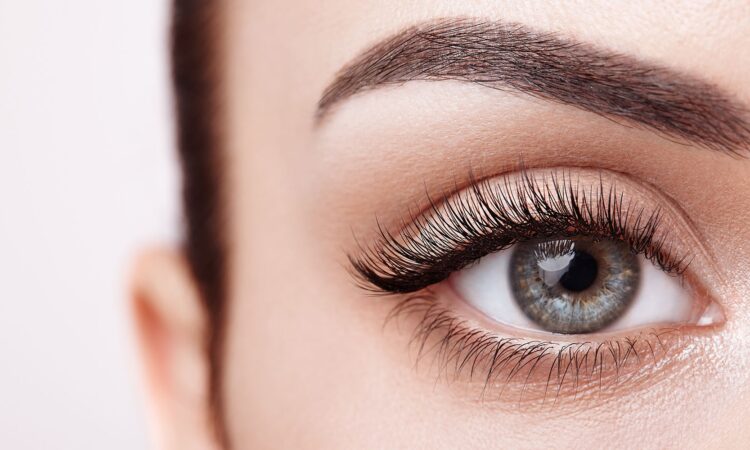
If you want to define the shape and volume of your eyebrows, look no further; Stone Mountain micro shading may be what you need. Initially, microblading was the go-to brow tattooing technique for many individuals, but today, microshading is becoming increasingly popular, and for a good reason. Unlike microblading which tattoos full strokes along the brow line, microshading fills in your brow with light pigment, using a fine-tipped needle. Read on to learn how micro shading differs from the microblading technique.
What is the difference between microblading and microshading?
Both microshading and microblading fall under the cosmetic tattooing umbrella, making it easy for people to confuse the two. While both techniques help you achieve well-defined and fuller eyebrows, the procedures differ. Microblading uses a handheld tool with fine needles to apply hair-like strokes of pigment beneath your skin that look like natural eyebrow hair. On the other hand, microshading does not create the illusion of individual hairs, but rather, small points to shade in sparse areas. Some technicians combine the two procedures to get the best of both worlds. For example, your cosmetician can create microblading strokes towards the inner part of the brow and use microshading towards the center and tail of the brow.
How painful is microshading?
Your technician will apply topical anesthesia over your eyebrows before the procedure starts so that you won’t experience excruciating pain. You may experience some discomfort during the procedure, which is quite tolerable for many people. Expect your eyebrows to become sore once the numbing medication wears off. You can take an over-the-counter pain reliever like ibuprofen or acetaminophen to stop the inflammation.
What to expect after microshading
Immediately after the procedure, your brows will appear darker for up to five days and gradually lighten as your eyebrows heal. Once your eyebrows have healed, expect a soft, natural, shaded-in brow that blends with your natural brow, depending on the look you want to achieve. Microshading is customized for each client based on their unique facial features.
The longevity of the results also varies from person to person, depending on the ink pigment used and how it’s implanted into the skin. Inks and pigments have different formulations; some are designed to fade and lighten gradually, while others are stable and last longer. The ink will also likely last longer if implanted deeper into your skin.
Microshading results are also dependent on your skin type. If you have oily skin, microshading fades faster because of the faster skin cell turnover rate and higher moisture absorption. Lifestyle factors like sun exposure, smoking, and sweating can also shorten the lifespan of microshading.
Microshading aftercare
During the first week after treatment, gently use a damp cloth to clean your eyebrows, morning and night. Pat dry with a clean towel, then apply a healing balm supplied by your cosmetician. Avoid sleeping on your face for the first few days, limit sun exposure, don’t scratch your eyebrows, and avoid exercising, saunas, eye makeup, and baths for at least a week after microshading.
If you have questions about microshading, consult your provider at VitaInfuse Therapy.

